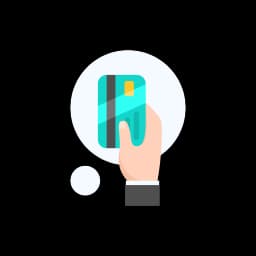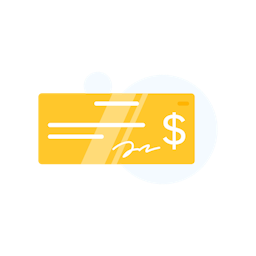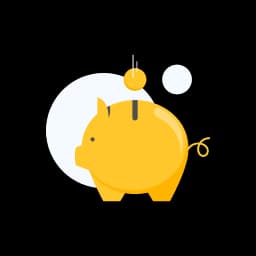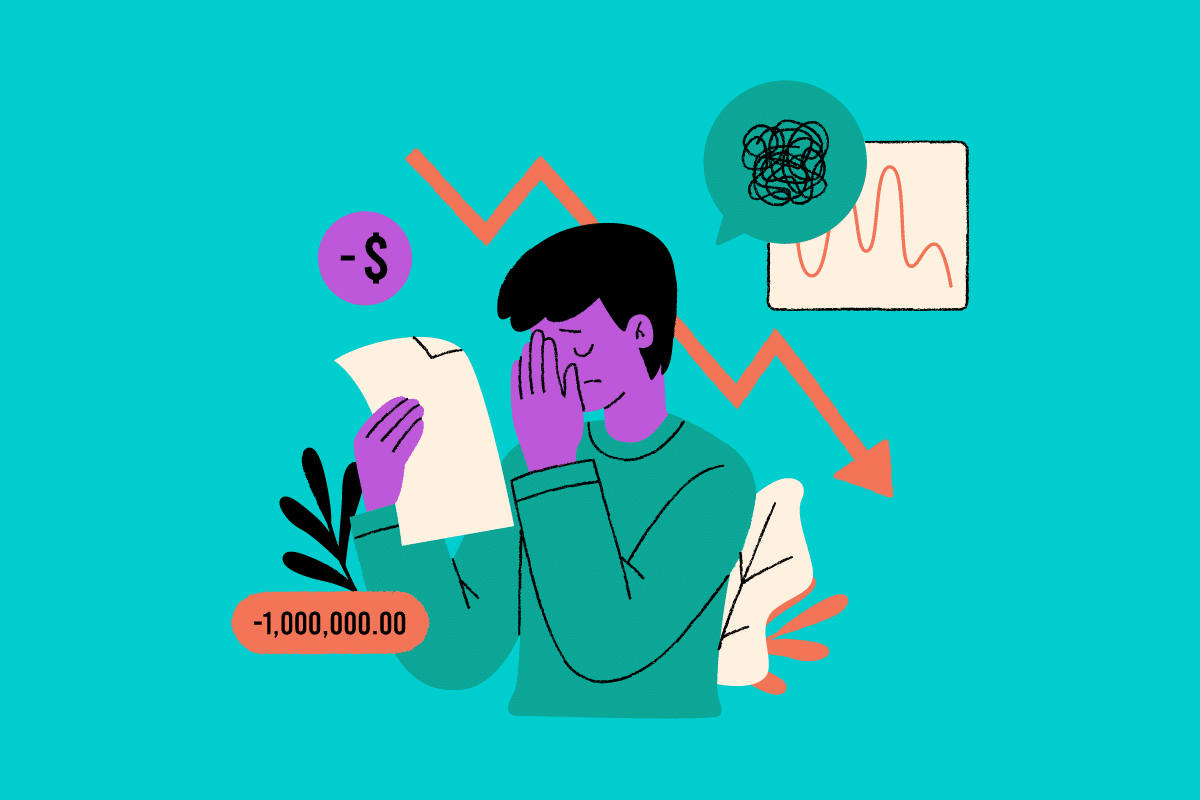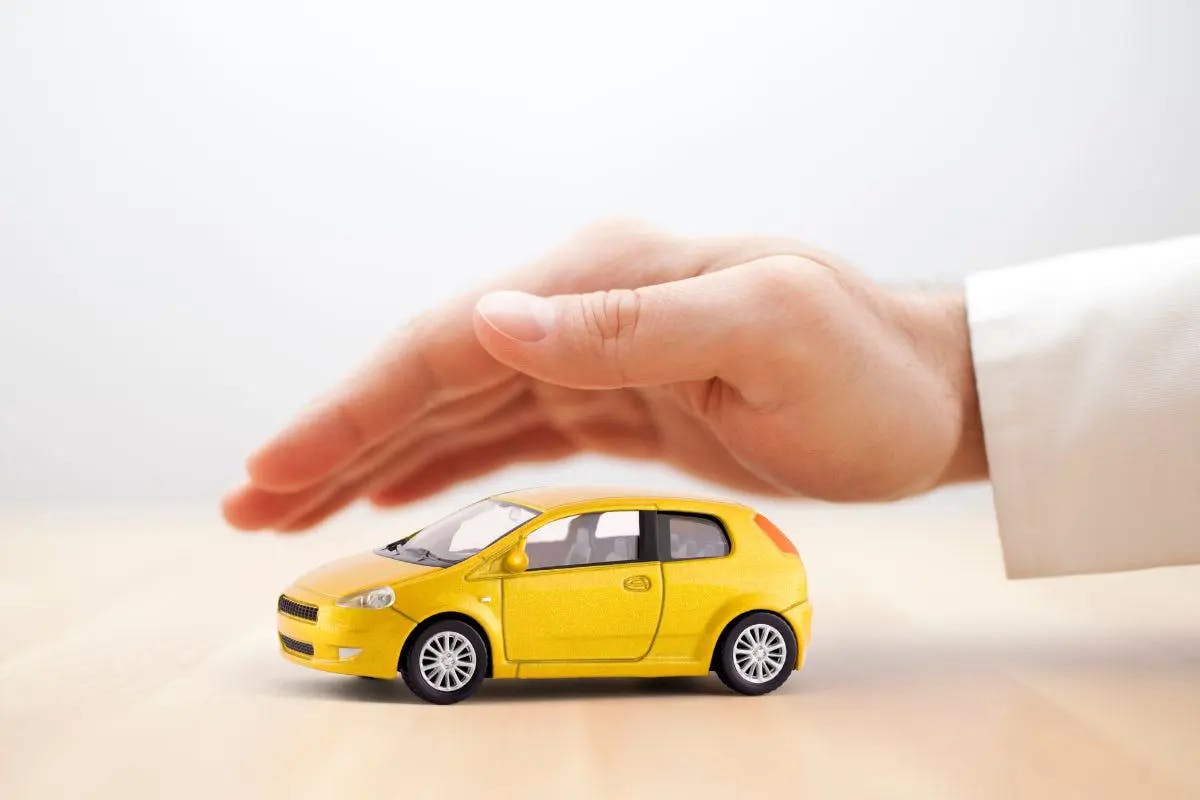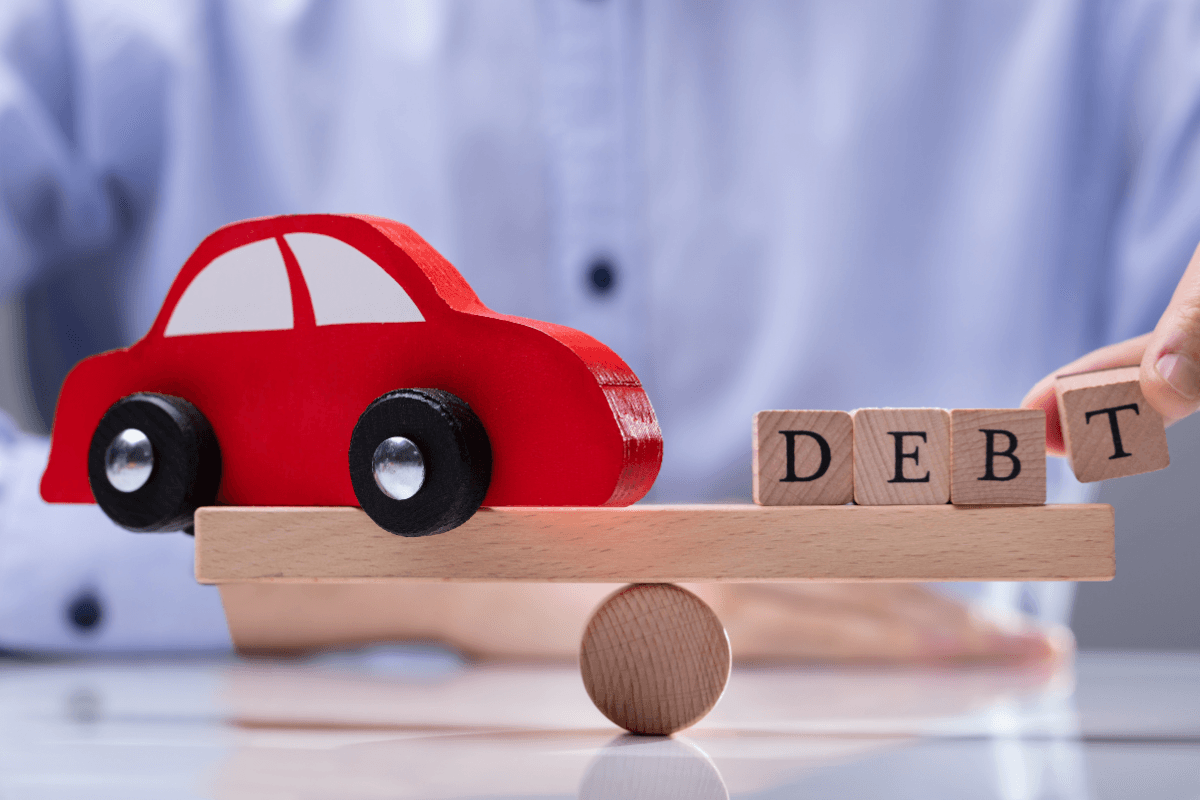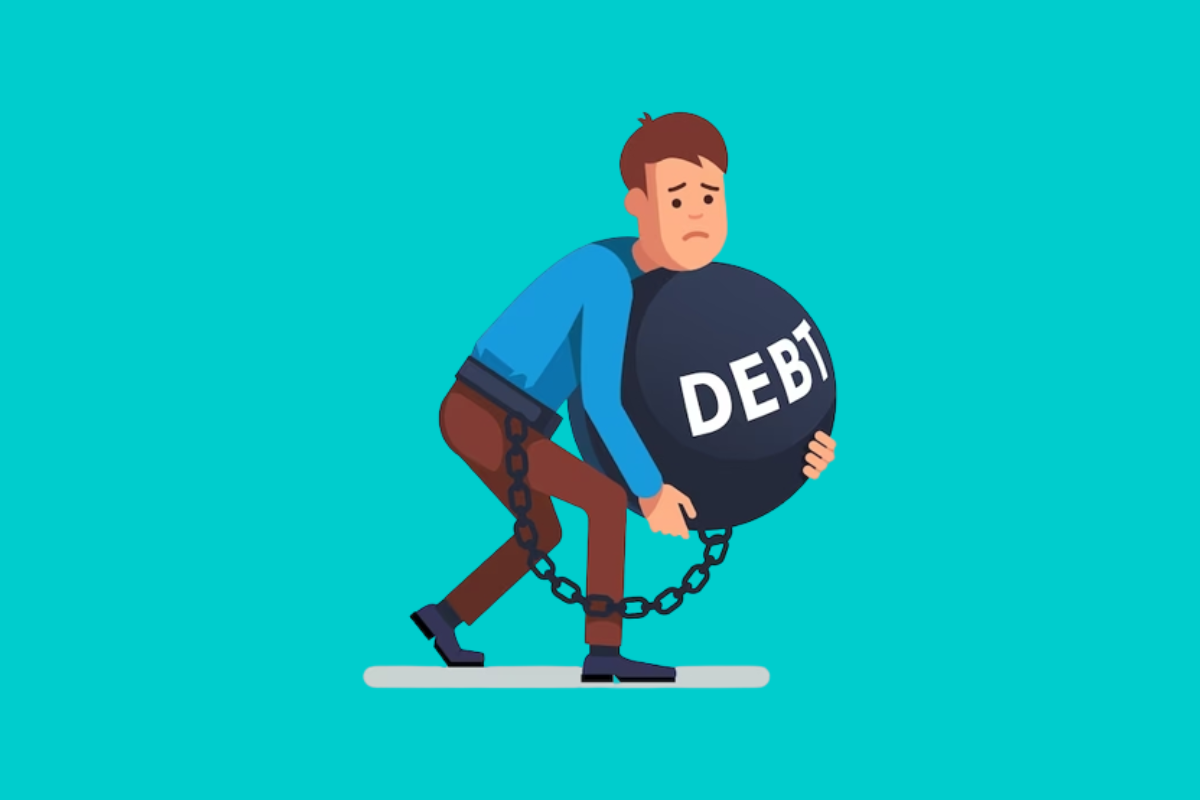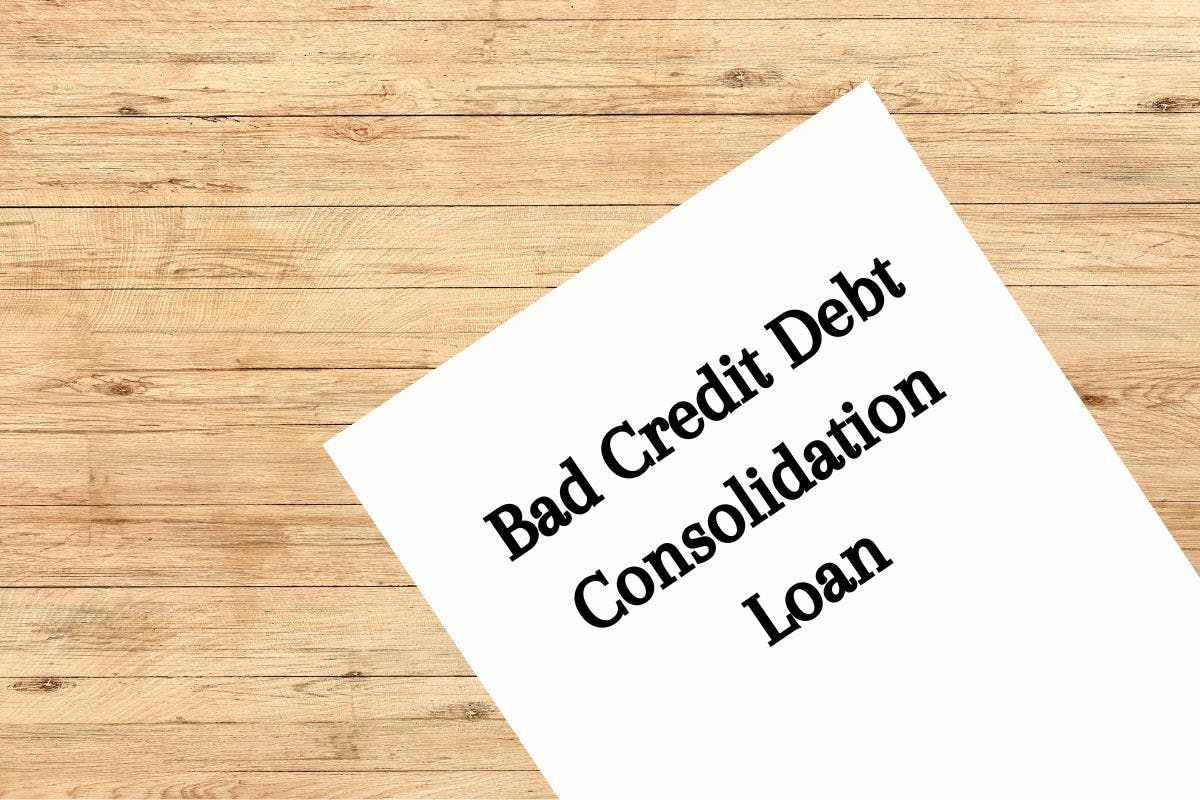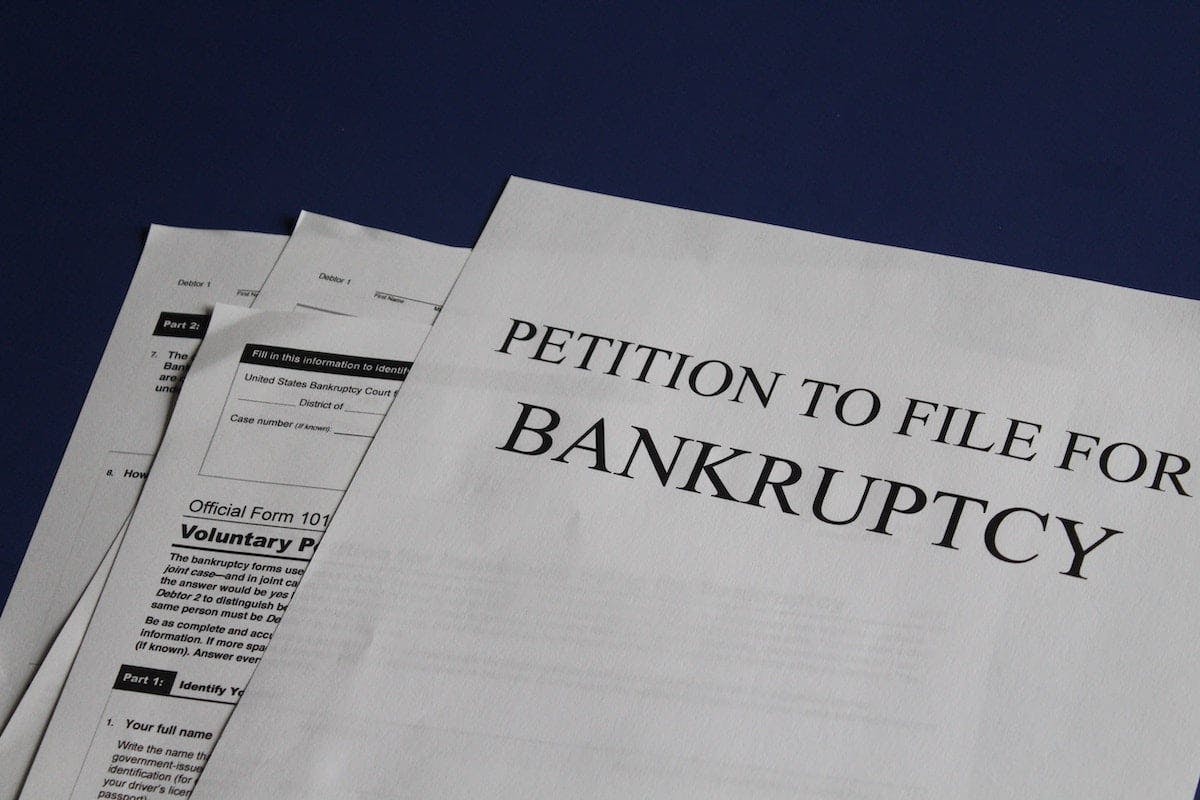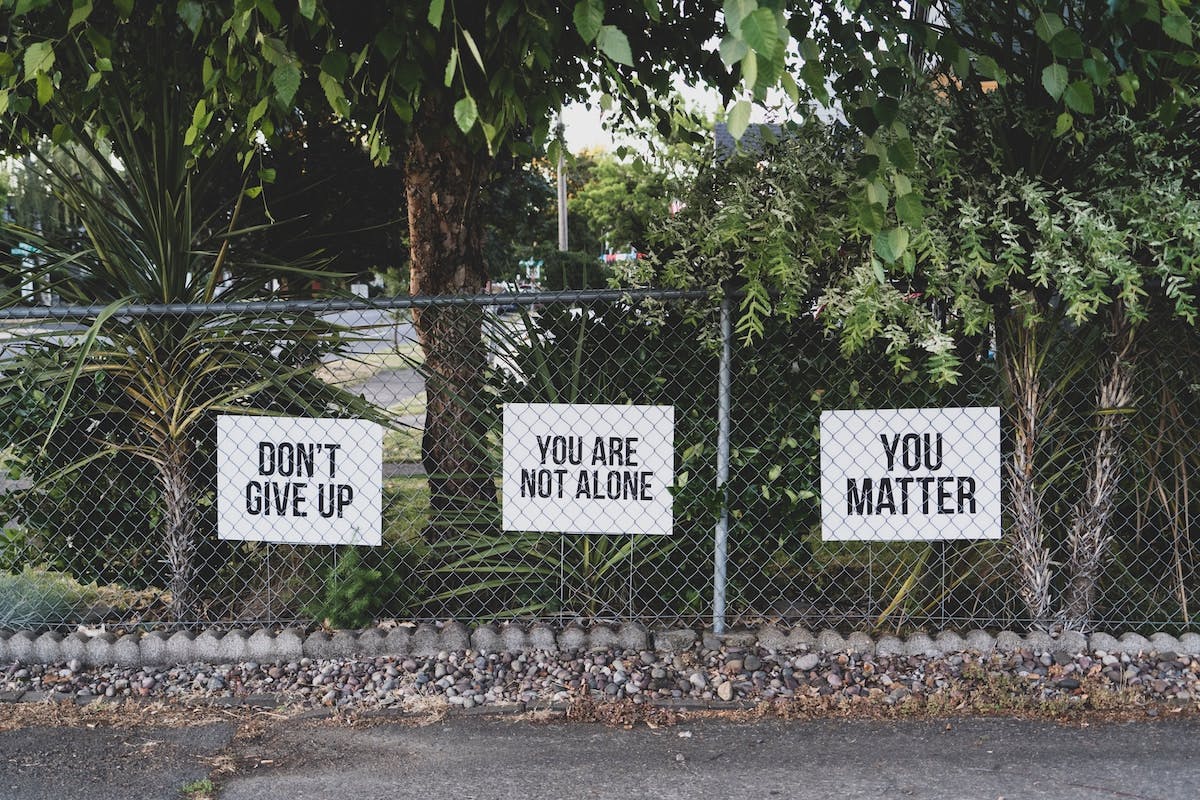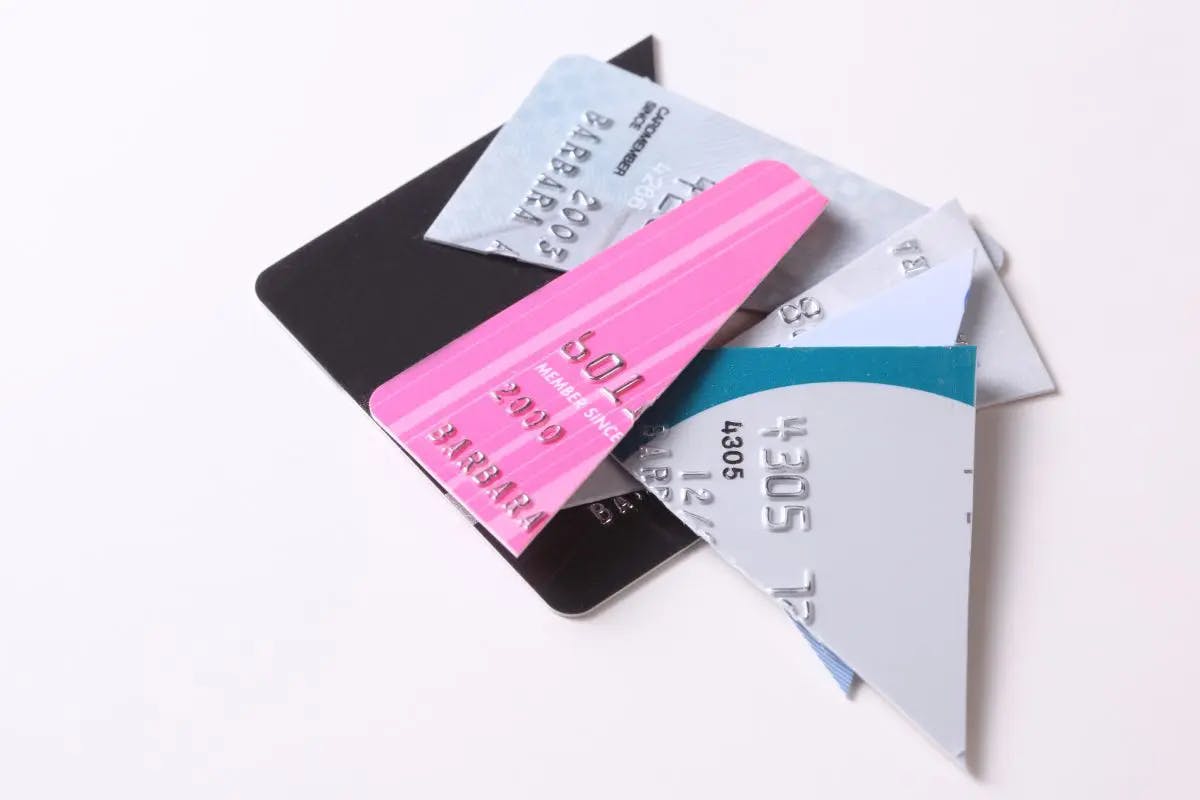Debts
If you want to learn the best ways to stay on top of your debt, reduce your overall debt, consolidate debt, restructure debt, or refinance debt, then you've come to the right place.

Car Repossession: What to Expect When You Stop Paying Your Car Loan in Canada
Maude Gauthier - 24 Jan 2024
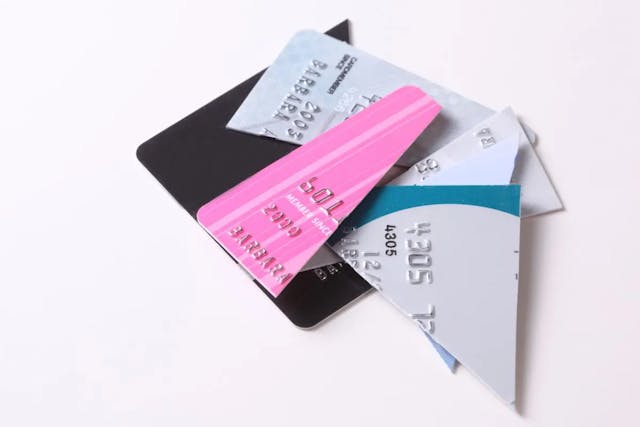
The Ultimate Guide to Consumer Proposals in Canada
Arthur Dubois - 06 Aug 2023

The Top 5 Bankruptcy Alternatives For Canadians Struggling Financially
Heidi Unrau - 07 Feb 2024

How Long After Bankruptcy Can I Get a Mortgage in Canada?
Arthur Dubois - 15 Nov 2022
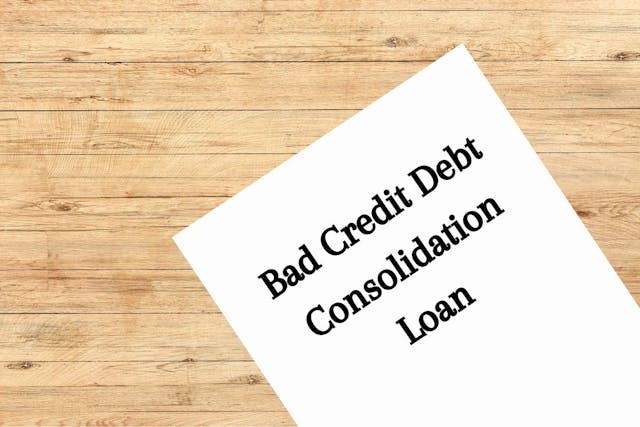
How to Get a Bad Credit Debt Consolidation Loan in Canada
Arthur Dubois - 23 Aug 2023

How to Pay Off Debt with the Snowball Method or the Avalanche Method
Heidi Unrau - 18 Jul 2022
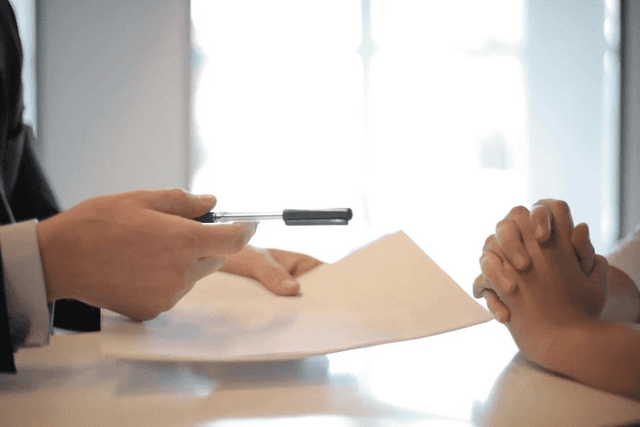
How to negotiate a credit card debt settlement yourself in Canada?
Arthur Dubois - 03 Aug 2023
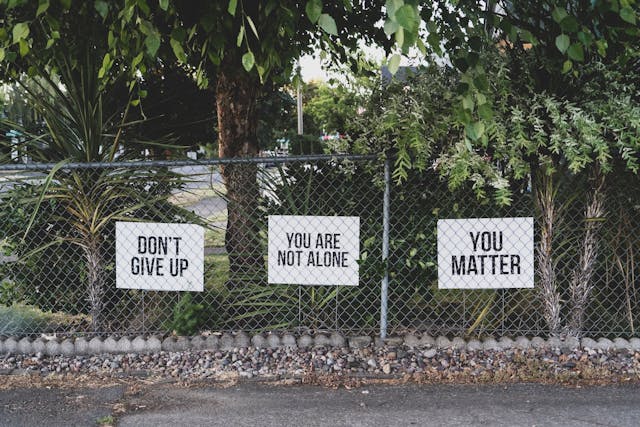
The 5 Best Credit Counselling Services in Canada
Yuri Sychov - 18 Aug 2023
Frequently asked questions about debts
How can I use the debt avalanche method to pay down my debts?
The debt avalanche method requires making minimum payments on all outstanding debts, so you are not declared insolvent by a lender at any stage. However, any surplus amounts after all minimum payments have been made are used to pay debts with the highest interest rate, then the second highest rate, and so on. The debt avalanche method is useful for ensuring that the effects of the most punishing interest rates are mitigated, so you do not end up paying substantial interest costs over the life of the loan.
